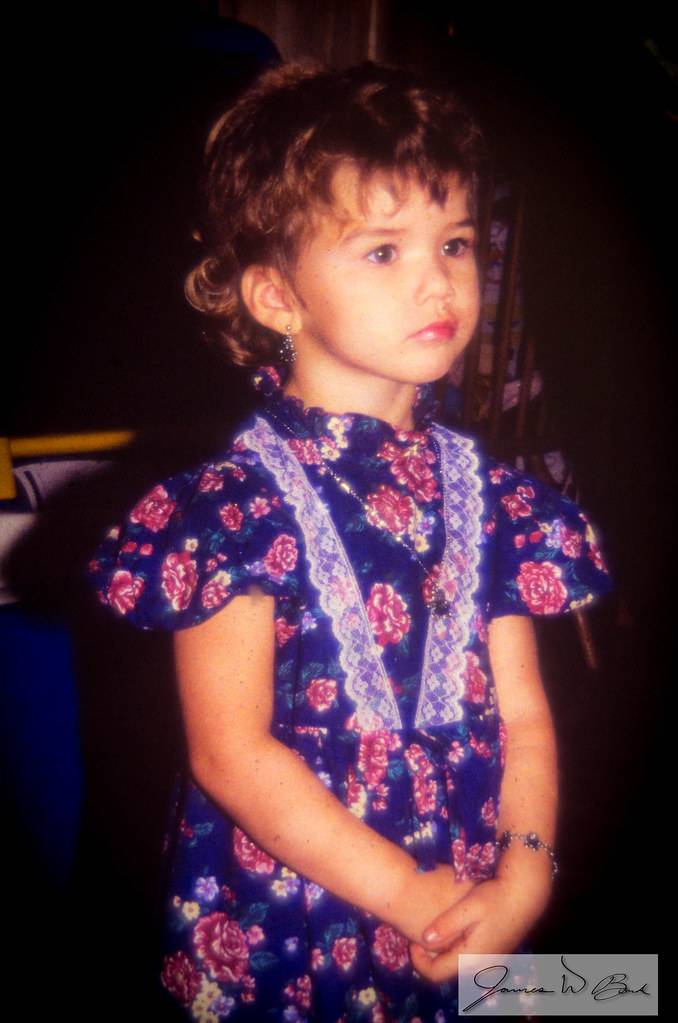I dont know if this would help, but about five years back I came across what looks to be a slide/negative holder/light source/adapter for some sort of HP scanner. I found it in a box of odds and ends electronics that was being thrown out, I saw the part on it that looked like you could clip either a monted slide or an unmounted slide/negative 35mm film. So the pack rat in me said to just grab it and put it away for a later time when I can disect it and figure out just what it is and how I could make a useful tool out of it.
about a year later I had a little time on my hands and sat down and took it apart, turns out it IS an adapter for a scanner, it has one of those miniature cathode tube lights (I think that is what they are called) that take a 12 Volt DC source that provides the light for exposures. I have gobs of 12 volt transformers and am guessing at the amperage of what this light needs, right now it is using an 800 miliamp transformer but it still heats up the coil in the circuit, I am going to bump it down to a 500 miliamp transformer and see if that will help.
Anyhow back to the story- the light source is mounted just behind a really nice chunk of ground glass that is 35mm size, on the outside of this gadget is a metal door with a 35mm hole in it, it is held shut magnetically, all you gotta do is hinge it open and just place your film in it, it even has indexing tabs for the sprocket holes on the film. I rigged it to a switch and have been taking practice shots, but I dont have any type of macro lens set up, so I gave up for a while until I took an old vivitar teleconverter I never use anymore and pulled out the lenses that were in it and it actually makes the perfect macro tube at around 21mm, I tried my old vivitar35mm lens and Whala! I am in business! I havent had much time lately to take a bunch of pics of my old film negatives and slides but I managed to take one shot of my daughter when she was little(see below) I also tried my coveted Pentax 50mm f1:1.4 M lens that i have had for three forever's, but it wont get close enough to the film to fill the whole sensor on the camera, and compared to the vivitar shot there really is no difference in IQ, so it is looking like the vivitar will be used for all my scans.
This goes to show that no matter what you come across in life, if it looks like something you can use in the future, then just grab it and check it out later, I did and I will most likely use the heck out of it. I am a do it yourselfer big time, so far I have made a wired remote for my K-5 out of an aluminum flashlight, and extension tube out of an old telaconverter, and now a film scanner from an old discarded scanner part. I will post pics of the set up soon.
this pic was done really quick in order to see if it can be done feasibly, but it actually came out pretty good compared to my earlier attempts at film scanning, this shot is only tweeked a little in LR along with some vignetting, once I learn more on PP then I am sure I can really make something more of my scans-



 Similar Threads
Similar Threads 












 Post #2 by Ole
Post #2 by Ole








